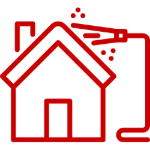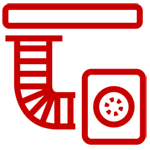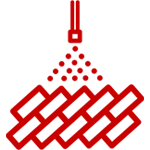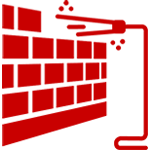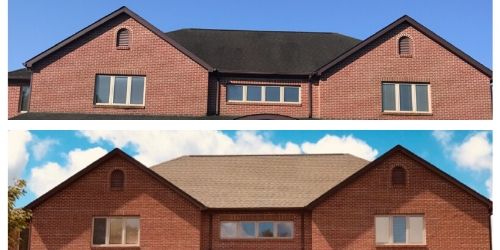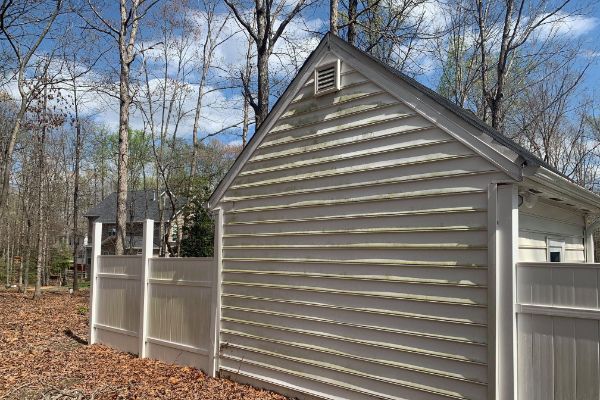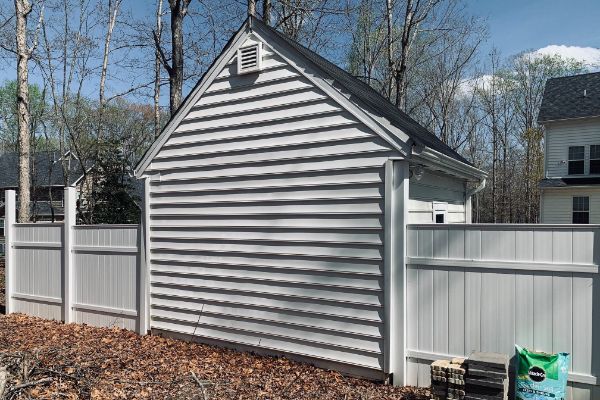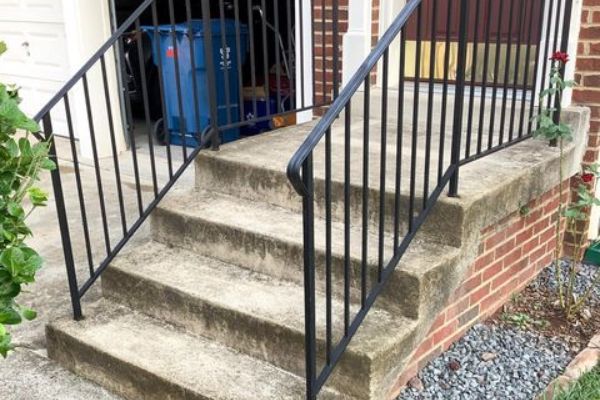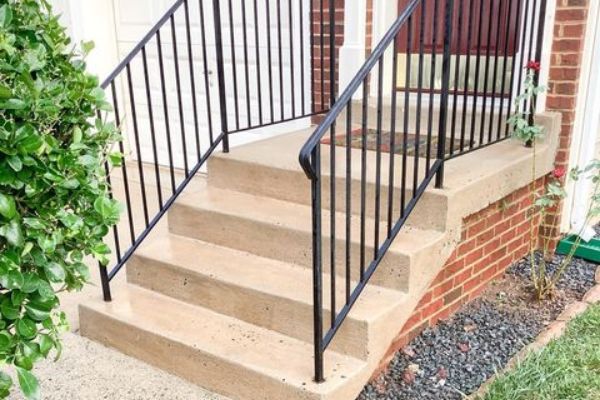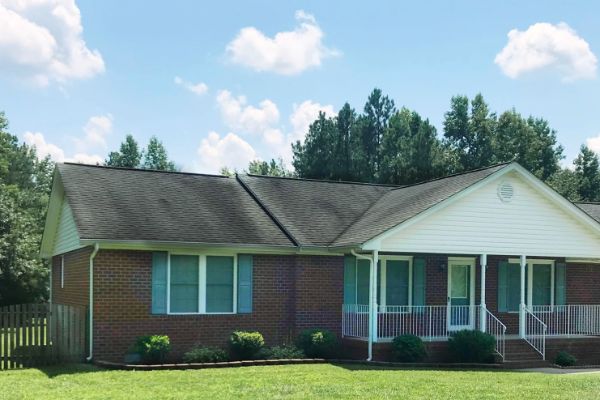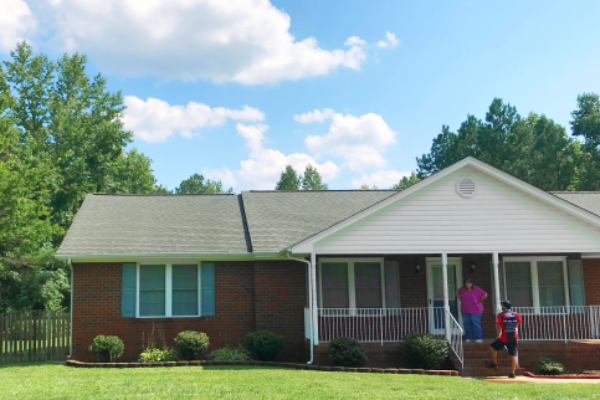Using a pressure washer to clean your roof shingles may not be the best option. While it’s good to keep your roof free from debris, dirt, and grime, a pressure washer can damage your roof. Here are some tips on how to avoid damage from a pressure wash.
Cleaning moss and lichen
Having moss and lichen on your roof can be a costly and time-consuming problem. Fortunately, it is fairly easy to remove moss and lichen from your roof. The key is to make sure you are killing the lichen before you try to remove it. If you leave it untreated, it will permanently damage the surface of your shingle.
The first step in removing moss and lichen from your roof is to choose a good roofing material. Moss and lichen will usually grow in a damp or shady area. They can also grow in joints between tiles. They often grow in dense green clumps. Moss and lichen can quickly deteriorate the structure of your roof, leading to costly repairs and replacement.
To remove moss and lichen from your roofing materials, it is best to start at the top of the roof and work your way down. Mosses and lichens attach themselves very tightly to the surface of your shingles. They will not dislodge by wind or rain. However, it can take weeks to months for moss and lichen to completely disappear from your roof.
Keeping a roof clean of debris, dirt, and grime
Using pressure washing to clean roof shingles is an important home maintenance activity. It’s a simple process that can improve your home’s look and protect it from damage.
If you have a shingled roof, you should clean it at least once a year. You can do it yourself or hire a professional cleaning company. The benefits of cleaning your roof include a more beautiful home and lower repair costs.
A dirty roof can hide cracked tiles and missing shingles. It can also hide water damage. Algae, mold and moss can also damage your roof and make it look less appealing. They also can void some roofing warranties.
If you’re looking to clean your roof yourself, you can use a solution of a gallon of water, a quart of bleach and a squirt of dish detergent. You should also wear gloves. You’ll want to cover everything that you don’t want to get dirty, including the delicate landscaping beneath your roof.
Damage to shingles from pressure washing
Using a pressure washer on your roof can leave a mess, so make sure you understand how to clean roof shingles properly. Pressure washing can loosen the granules from the shingles, and water runoff from the pressure washer can carry these granules away and damage your roof.
The granules are part of the protective coating on roof shingles. Without granules, water will be able to seep through the shingles and into the under layers, causing the shingles to crumble and weaken. The granules also protect your roof from UV damage.
It is also important to avoid using high pressure hoses when washing your roof. These hoses blast dirt into the air and can damage your landscaping and other surfaces. Also, the weight of a power washer can damage your shingles.
You should always clean your roof in sections. This will minimize damage to your roof and save you money in the long run. Also, use a pressure washer with an onboard detergent tank.
Felt over existing shingles is an effective way to protect an existing roof
Using felt over existing shingles is a popular method of protecting your roof. It can offer convenience and protection against leaks. However, there are also a few hazards associated with using this technique.
Depending on the slope of your roof, you may need to use a bit of adhesive or sealing compound to seal the lower courses of felt. These products are usually self-adhering and light. You will also need to check your local building codes.
When you install felt over existing shingles, you should always wait until it is dry. Rain will accelerate the deterioration of the felt. Moisture will also be trapped between shingles, causing mold and other damage.
Using roofing felt may also protect your roof from ice damming. Ice damming occurs when water accumulates in a spot on the roof, such as near the eaves. It can then seep into the home, causing water damage.
Ice damming is particularly common in areas that receive large amounts of snow. This can cause damage to the walls and insulation. In addition, melted snow can seep into the residence. It can also cause damage to the roof decking.



